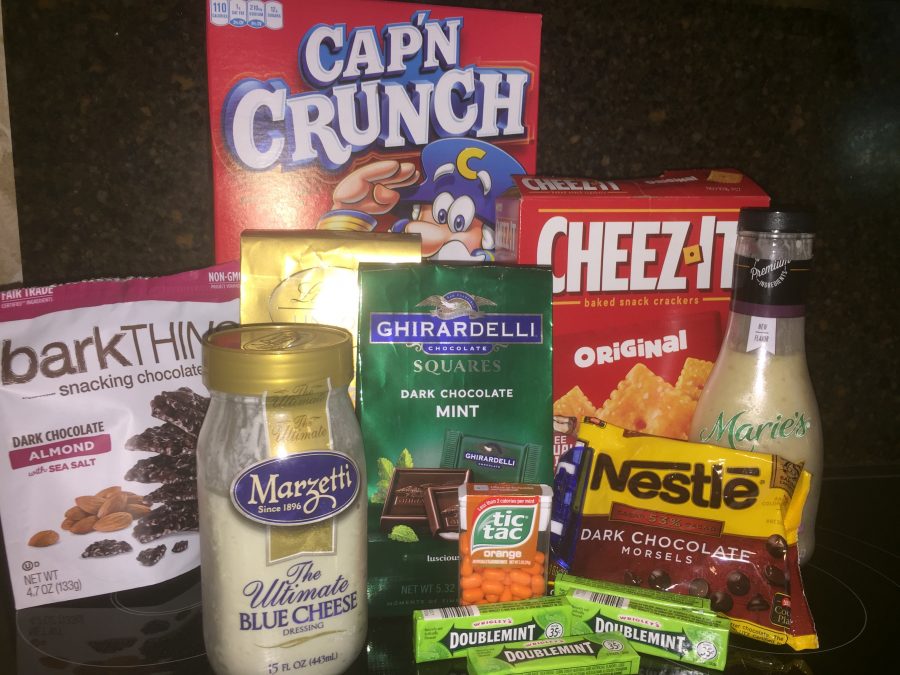Top 5 Grossest Secret Ingredients in Foods
November 7, 2016
Spot any of your favorite foods? Beware of the hidden ingredients that may be in them… Photo Credit: Audrey Anello/AchonaOnline
According to a Health article, hidden ingredients in common foods have been gaining public awareness, and slowing the consumption of certain products. These ingredients usually don’t affect health in detrimental ways, but the idea of consuming something like rat hair will more than likely turn some people away.
Carbon Monoxide
This odorless, colorless gas is known for its deadliness when leaked into homes. It is used to help maintain the “youthful blush” of packaged tuna and tilapia. Injected into plastic airtight packaging, Carbon Monoxide prevents pink meats from turning brown, due to oxidation. Carbon Monoxide usage has significantly decreased on account of its fatal causes, but it is still used in small, non-fatal doses.
*Gross Factor: 7/10
*What is Gross Factor: it’s based on minor health risks, unsanitary conditions, or possible deadliness
Sophomore Isabel Laboy adds, “I overlook it [ingredients], as long as it tastes good, I’m cool with it.”
Carmine
Carmine is a red food coloring made out of boiled Cochineal bugs (AKA: beetles). They are commonly used for their shine and red color. This “ingredient” can cause severe allergic reactions, such as anaphylactic shock. It is commonly found in most foods with red dye like Skittles, grapefruit juice, Cheetos, and various ice creams.
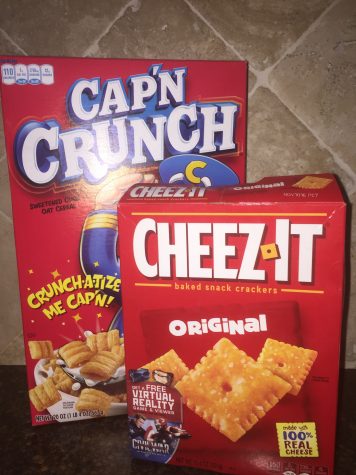
Photo Credit: Audrey Anello/Achona Online
Gross Factor: 9/10
Food manufacturers spend nearly twice as much money on advertising breakfast cereal than on the ingredients that go into them.
— Hidden Truths&Facts (@hiddentruthall) October 31, 2016
Paint Chemicals
The ingredients list on salad dressing would never say “Pain Chemicals” as an ingredient, it is scientifically called “Titanium Dioxide,” a fancy word that most people aren’t super interested in researching. Titanium Dioxide can be contaminated with lead, a toxic material, due to the fact that it is a mined substance. It helps keep salad dressings and other processed foods hold their color, usually white, longer.
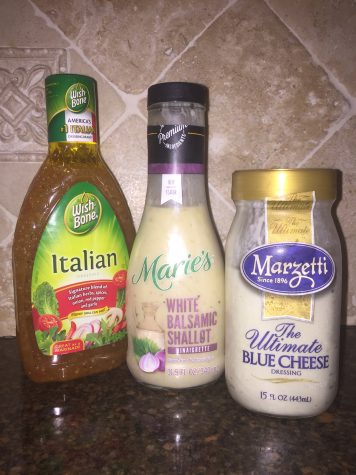
Photo Credit: Audrey Anello/AchonaOnline
Lanolin
This may sound like a chemical or some factory food ingredient, but it is an oily substance that secretes from goat fur. The FDA approved this “ingredient” and it is mainly used to soften chewing gum. Sunscreen, some cosmetics, and baby products may also contain Lanolin.
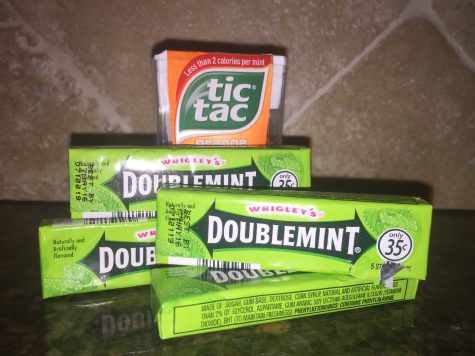
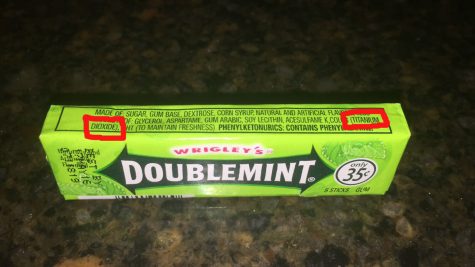
Photo Credit: Audrey Anello/AchonaOnline
Gross Factor: 10/10
Rat Hair
In a study from Business Insider, the FDA allows “one rat hair per 100 grams in six 100-gram subsamples of chocolate.” This is not a staple ingredient in all chocolate, but the FDA has approved that rat hair may be used in small amounts of chocolate food products. It is unknown what it does to benefit the products.
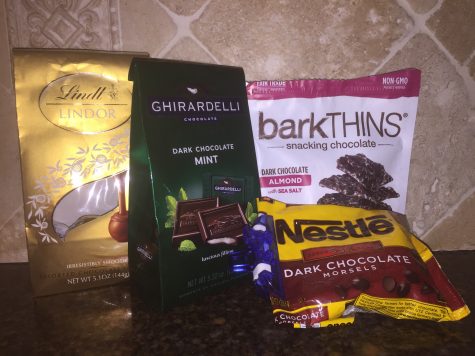
Photo Credit: Audrey Anello/AchonaOnline
Gross Factor: 10/10
Although it is important to manage intake of certain foods, there is no harm in indulging in less healthy or processed meals. Checking the ingredient list is always a good step to take in order to know what food items contain, and to keep them in moderation.

